Physiotherapy Blog

What is physiotherapy?
Physiotherapists help people affected by injury, illness or disability through movement and exercise, manual therapy, education and advice.
They maintain health for people of all ages, helping patients to manage pain and prevent disease.

Benefits of Physiotherapy Treatment
Physiotherapy works to strengthen and heal the body. The techniques are useful after injury or illness to rebuild weakened tissue. A person with lower back pain or injury can often find relief with the help of physiotherapy.

Physiotherapy Exercises
A physiotherapist is an expert in the prescription of exercise appropriate to you and your injury or fitness level. As a part of the physiotherapy training, your physiotherapist not only is educated in injury diagnosis but also in exercise physiology.

Physiotherapy for Back Pain
Back pain is a very common complaint. Back pain is a common reason for absence from work and doctor visits. Back pain may be painful and uncomfortable in many cases. Even though back pain can affect people of any age, it is significantly more common among adults above 35 years of age.

Physiotherapy for Knee Pain
Knee pain is a common problem with many causes, from acute injuries to complications of medical conditions. Knee pain can be localized to a specific area of the knee or be diffuse throughout the knee. Knee pain is often accompanied by physical restriction. A thorough physical examination will usually establish the diagnosis of knee pain.

Motor Relearing Programme
Stroke, also termed a cerebrovascular accident or cerebral paralysis, is a sudden disease due to disturbance in the blood supply to the brain. Stroke has a high morbidity, mortality, disability rate and recurrence rate.

Neurodevelopmental Training
Neurodevelopmental treatment (NDT) is a hands-on treatment approach used by physical therapists, occupational therapists, and speech-language pathologists. NDT was developed to enhance the function of adults and children who have difficulty controlling movement as a result of neurological challenges, such as cerebral palsy, stroke, and head injury.

Geriatric Physiotherapy
Geriatric rehabilitation or geriatric physical therapy is the branch of medicine that studies rehabilitation and physical therapy issues in elderly. Geriatric rehabilitation covers three areas – normal aging due to disuse and deconditioning, cardiovascular problems like vascular disease and stroke, and skeletal problems including osteoporosis and osteoarthritis conditions such as knee and hip replacements.

Gynaecological Physiotherapy
Gynaecology Physiotherapy is a specialist service for the assessment and management of a range of conditions which affect the lower urinary tract and musculoskeletal systems of women.

Sports Physiotherapy
Sports Physiotherapy is the specialised branch of physiotherapy which deals with injuries and issues related to sports people.
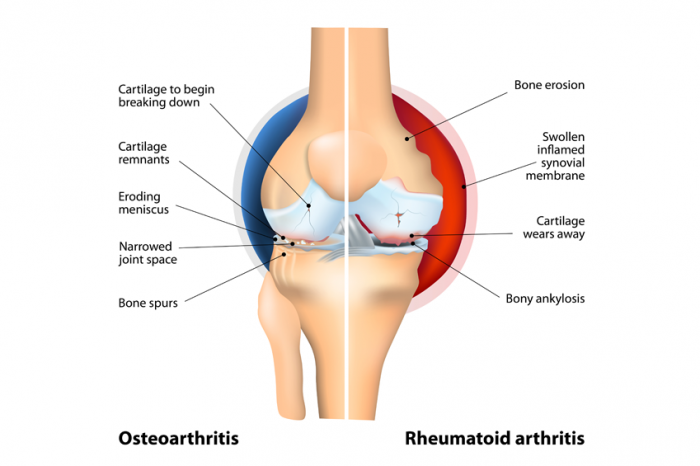
What is Arthritis?
Arthritis is the swelling and tenderness of one or more of your joints. The main symptoms of arthritis are joint pain and stiffness, which typically worsen with age. The most common types of arthritis are osteoarthritis and rheumatoid arthritis.

What Is Carpal Tunnel Syndrome?
Carpal Tunnel Syndrome also called median nerve compression, is a condition that causes numbness, tingling, or weakness in your hand. It happens because of pressure on your median nerve, which runs the length of your arm, goes through a passage in your wrist called the carpal tunnel, and ends in your hand. The median controls the movement and feeling of your thumb and the movement of all your fingers except your pinky.
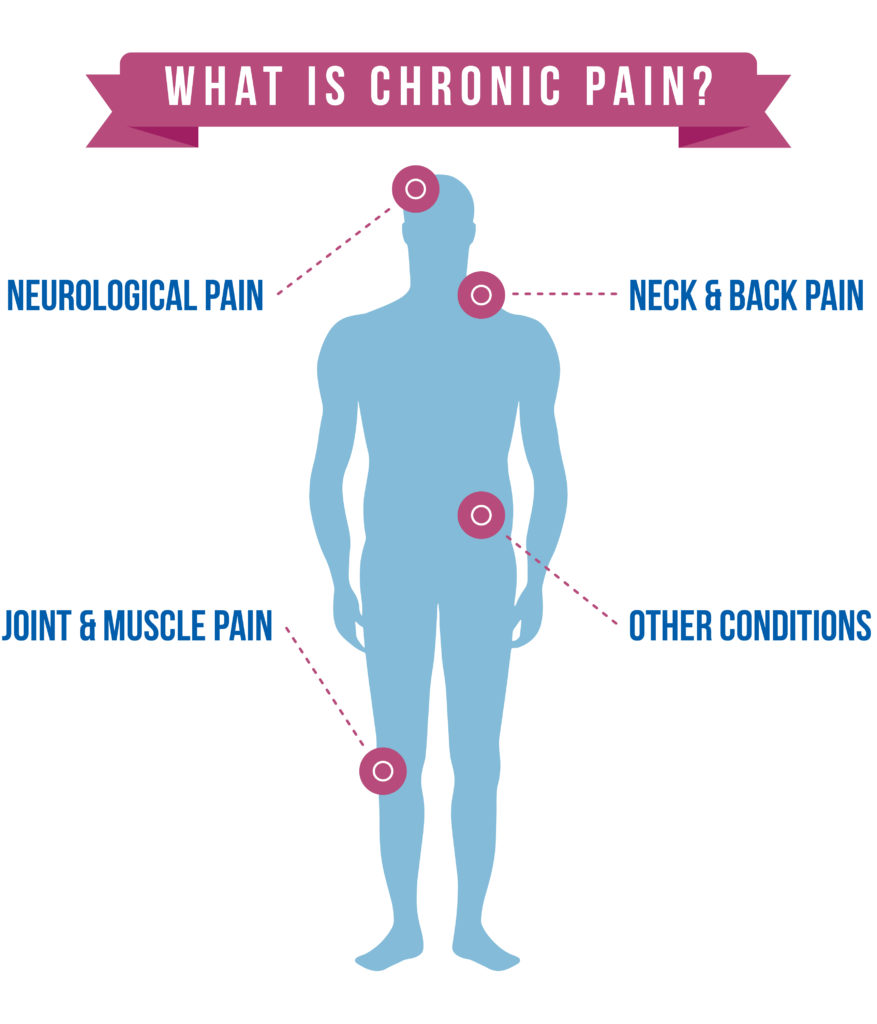
What Is Chronic Pain Syndrome?
Pain is your body's normal reaction to an injury or illness, a warning that something is wrong. When your body heals, you usually stop hurting.But for many people, pain continues long after its cause is gone. When it lasts for 3 to 6 months or more, it's called chronic pain. When you hurt day after day, it can take a toll on your emotional and physical health.

What is a Concussion?
A concussion is a mild traumatic brain injury (TBI). It can occur after an impact to your head or after a whiplash-type injury that causes your head and brain to shake quickly back and forth. A concussion results in an altered mental state that may include becoming unconscious. Anyone can become injured during a fall, car accident, or any other daily activity. If you participate in impact sports such as football or boxing, you have an increased risk of getting a concussion. Concussions are usually not life-threatening, but they can cause serious symptoms that require medical treatment.
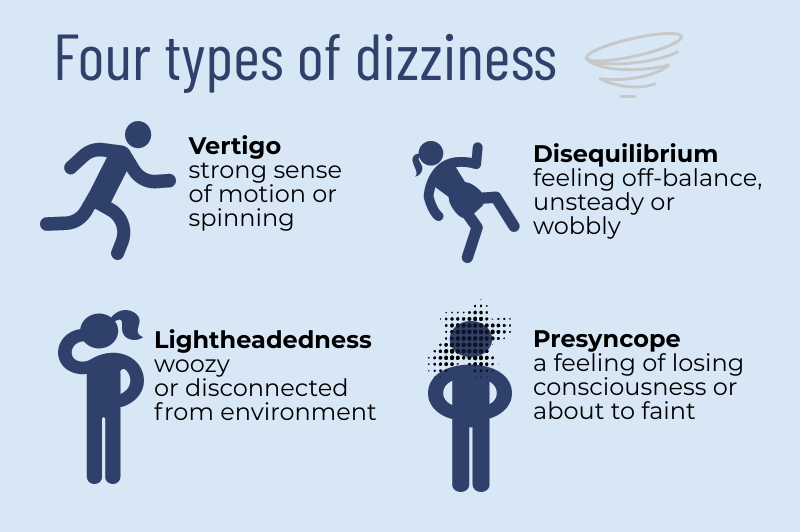
What is a Dizziness, Vertigo, and Imbalance?
Dizziness and vertigo are among the most common symptoms causing patients to visit a physician (as common as back pain and headaches). Falling can be a direct consequence of dizziness in this population, and the risk is compounded in elderly persons with other neurologic deficits and chronic medical problems. The overall incidence of dizziness, vertigo, and imbalance is 5-10%, and it reaches 40% in patients older than 40 years. The incidence of falling is 25% in subjects older than 65 years.
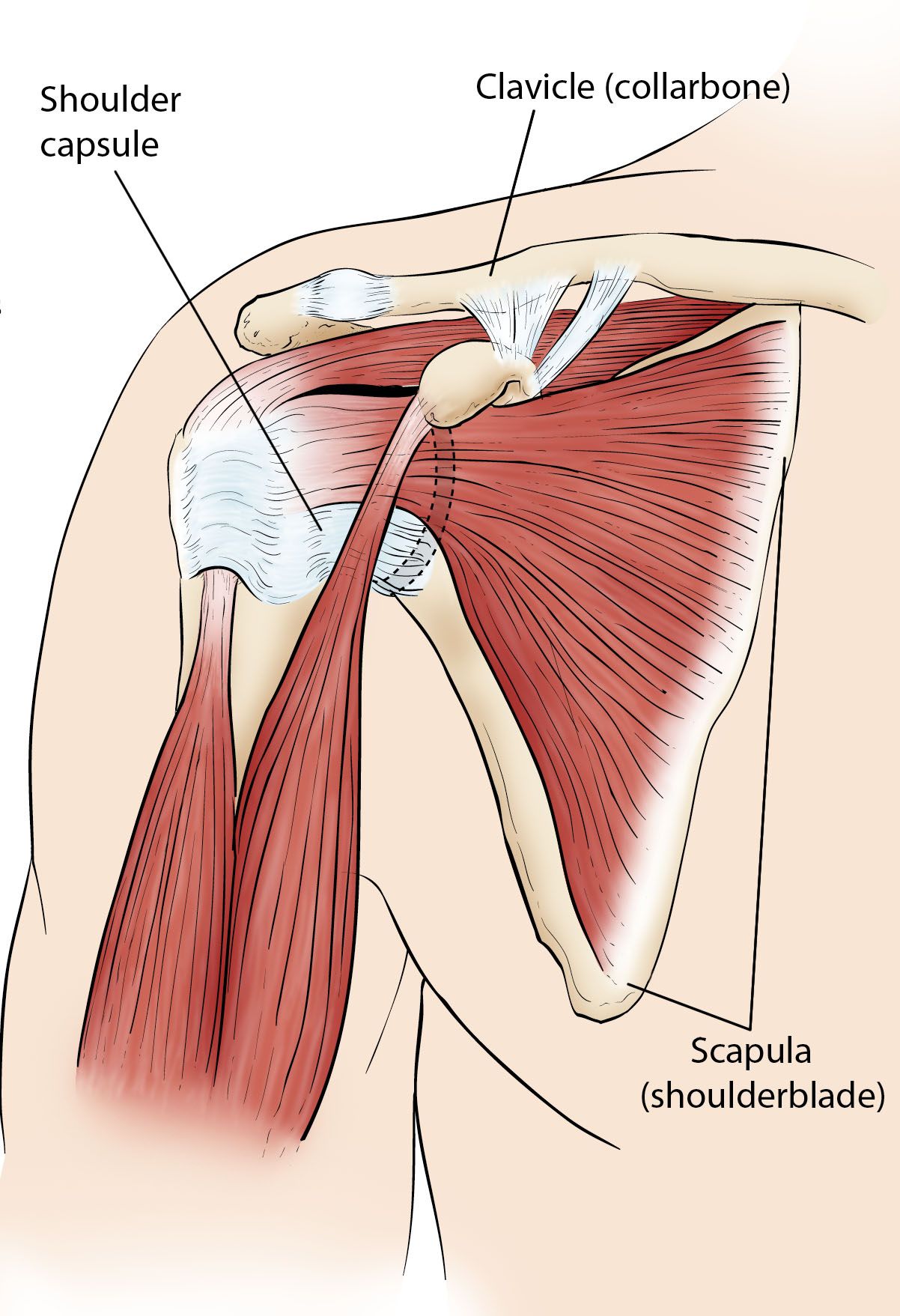
What Is Frozen Shoulder?
Frozen shoulder is a condition that affects your shoulder joint. It usually involves pain and stiffness that develops gradually, gets worse and then finally goes away. This can take anywhere from a year to 3 years. Your shoulder is made up of three bones that form a ball-and-socket joint. They are your upper arm (humerus), shoulder blade (scapula), and collarbone (clavicle). There’s also tissue surrounding your shoulder joint that holds everything together. This is called the shoulder capsule. With frozen shoulder, the capsule becomes so thick and tight that it’s hard to move. Bands of scar tissue form and there’s less of a liquid called synovial fluid to keep the joint lubricated. These things limit motion even more.
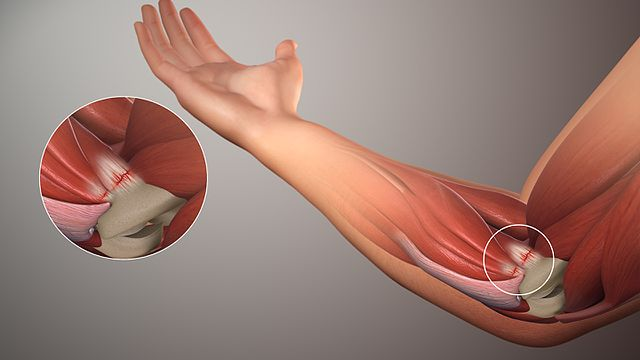
What Is Golfer’s Elbow?
Golfer’s elbow is a form of tendonitis that causes pain and inflammation in the tendons that connect the forearm to the elbow. The pain centers on the bony bump on the inside of your elbow and may radiate into the forearm. It usually gets better with rest. The medical term is medial epicondylitis.
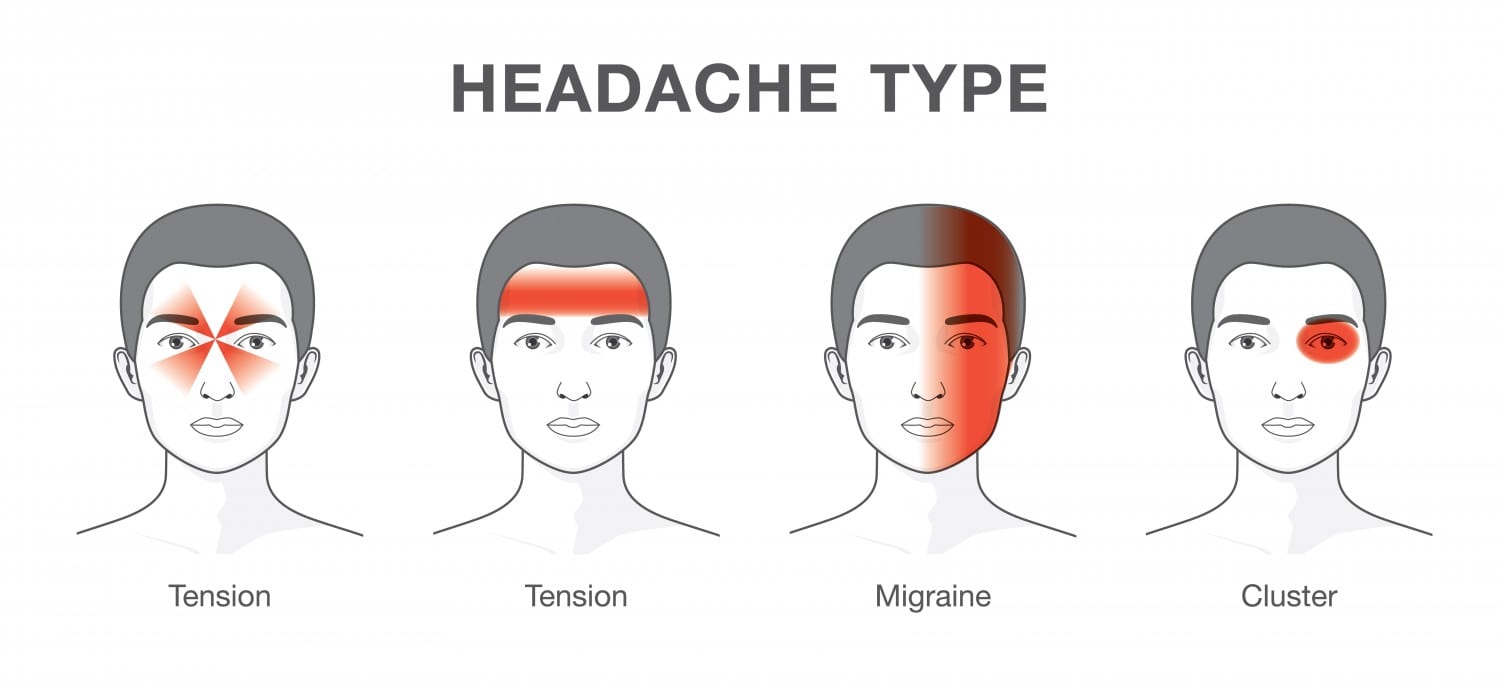
What Causes Headaches?
The pain you feel during a headache comes from a mix of signals between your brain, blood vessels, and nearby nerves. Specific nerves in your blood vessels and head muscles switch on and send pain signals to your brain. But it isn’t clear how these signals get turned on in the first place.
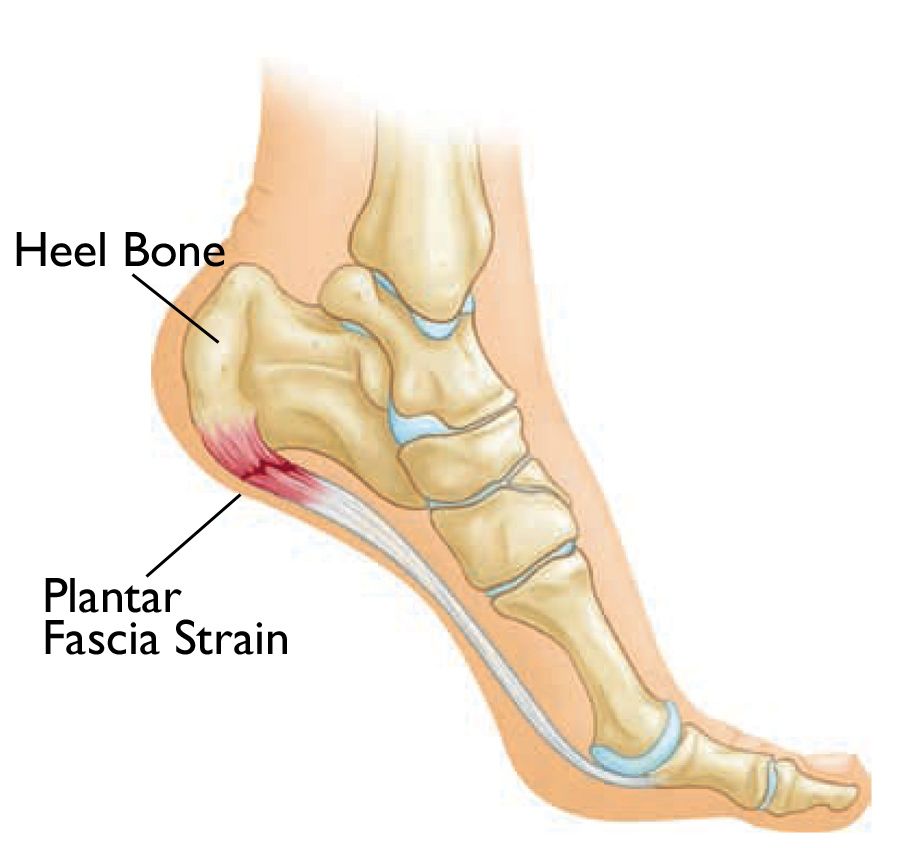
What is Heel and Foot Pain?
They carry you from here to there every day. But you may not think much about them until they hurt. And when they do, you want relief. To get the right treatment, you need to know the problem. The first thing to consider is where your pain is located.
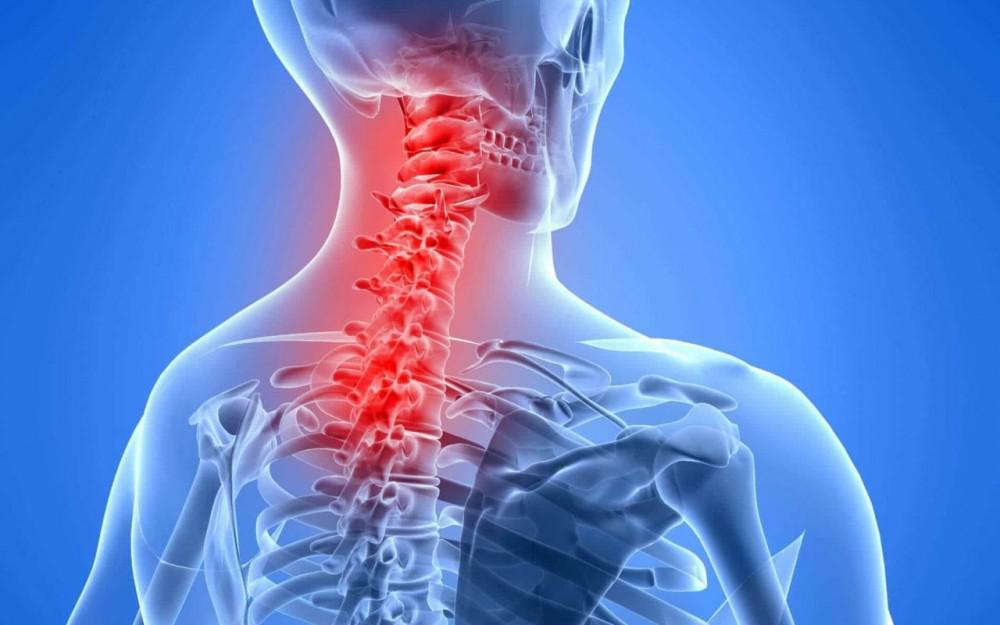
What is Neck Pain?
Neck pain is pain that starts in the neck and can be associated with radiating pain down one or both of the arms. Neck pain can come from a number of disorders or diseases that involve any of the tissues in the neck, nerves, bones, joints, ligaments, or muscles. The neck region of the spinal column, the cervical spine, consists of seven bones (C1-C7 vertebrae), which are separated from one another by intervertebral discs.
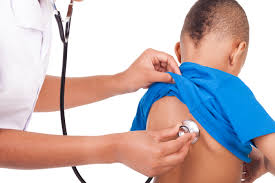
What is Pediatric Conditions?
You can reduce your child’s risk of common and contagious childhood illnesses, including whooping cough, chickenpox and measles, through vaccination. Other common pediatric conditions, such as asthma, ear infections and diarrhea, aren't preventable.
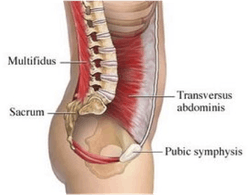
What is Pelvic Floor Dysfunction?
Pelvic floor dysfunction is the inability to control the muscles of your pelvic floor.Your pelvic floor is the group of muscles and ligaments in your pelvic region. The pelvic floor acts like a sling to support the organs in your pelvis — including the bladder, rectum, and uterus or prostate. Contracting and relaxing these muscles allows you to control your bowel movements, urination, and, for women particularly, sexual intercourse.Pelvic floor dysfunction forces you to contract your muscles rather than relax them.

What is Post Surgery?
Postoperative care is the care you receive after a surgical procedure. The type of postoperative care you need depends on the type of surgery you have, as well as your health history. It often includes pain management and wound care. Postoperative care begins immediately after surgery.

What is Repetitive Strain?
A repetitive strain injury (RSI) is an injury to part of the musculoskeletal or nervous system caused by repetitive use, vibrations, compression or long periods in a fixed position. Other common names include repetitive stress disorders, cumulative trauma disorders (CTDs), and overuse syndrome.

What is Rotator Cuff Injury?
The rotator cuff is a group of muscles and tendons that surround the shoulder joint, keeping the head of your upper arm bone firmly within the shallow socket of the shoulder. A rotator cuff injury can cause a dull ache in the shoulder, which often worsens with use of the arm away from the body.

What is Running Injuries?
Running has become one of the most popular ways to improve and maintain fitness, and to stay in shape. In fact, more than 40 millionTrusted Source Americans run on a regular basis.
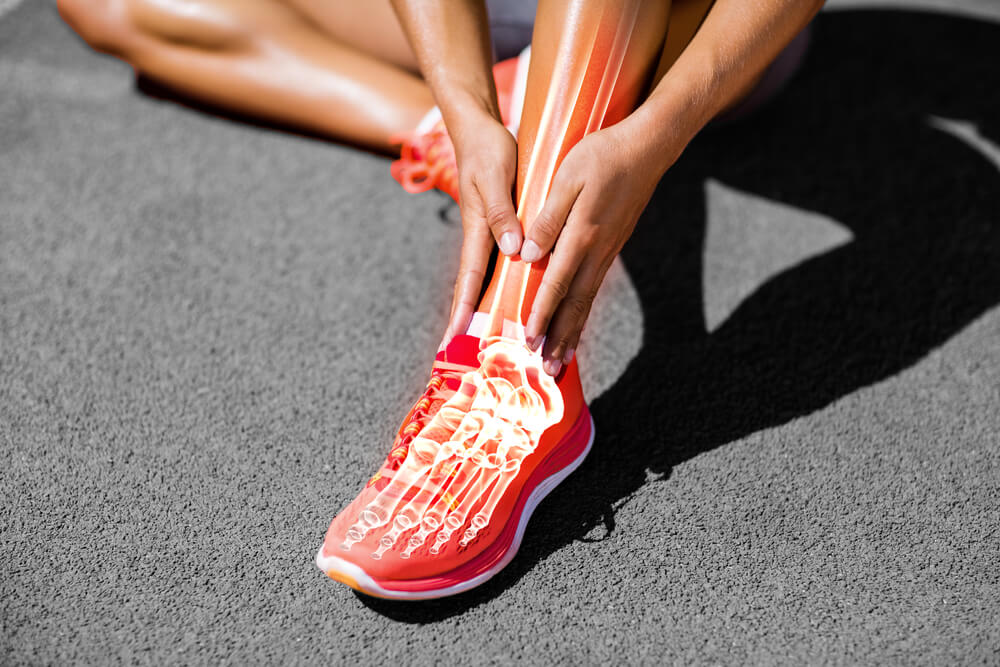
What is Sports Injuries?
A man in the gym with a wrist injury from lifting weights.Sports injuries are injuries that occur when engaging in sports or exercise. Sports injuries can occur due to overtraining, lack of conditioning, and improper form or technique. Failing to warm up increases the risk of sports injuries. Bruises, strains, sprains, tears, and broken bones can result from sports injuries. Soft tissues like muscles, ligaments, tendons, fascia, and bursae may be affected. Traumatic brain injury (TBI) is another potential type of sports injury.
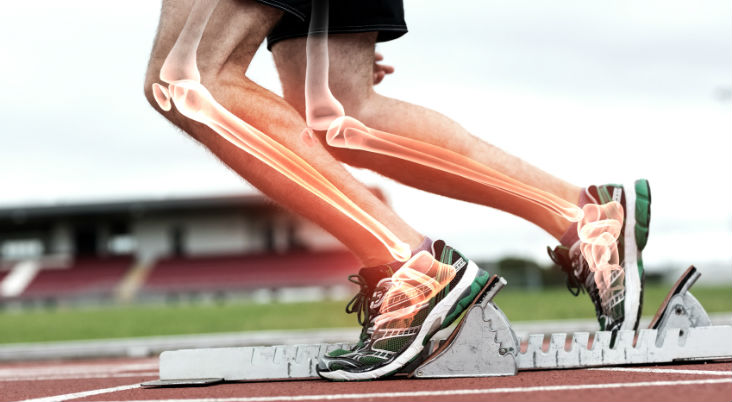
What is Sprains and Strains?
Strains and sprains are injuries to the soft tissues of the body. Strains involve muscles or tendons (thick bands that attach muscles to bone). Strains often occur in the back, the hamstring, or the groin. Sprains are injuries to the ligaments, which are bands of cartilage that attach bone to bone.

What is Tendonitis?
Tendinitis, also known as tendonitis, is the inflammation of a tendon. It happens when a person overuses or injures a tendon, for example, during sport. It is normally linked to an acute injury with inflammation. It often affects the elbow, wrist, finger, thigh, and other parts of the body.
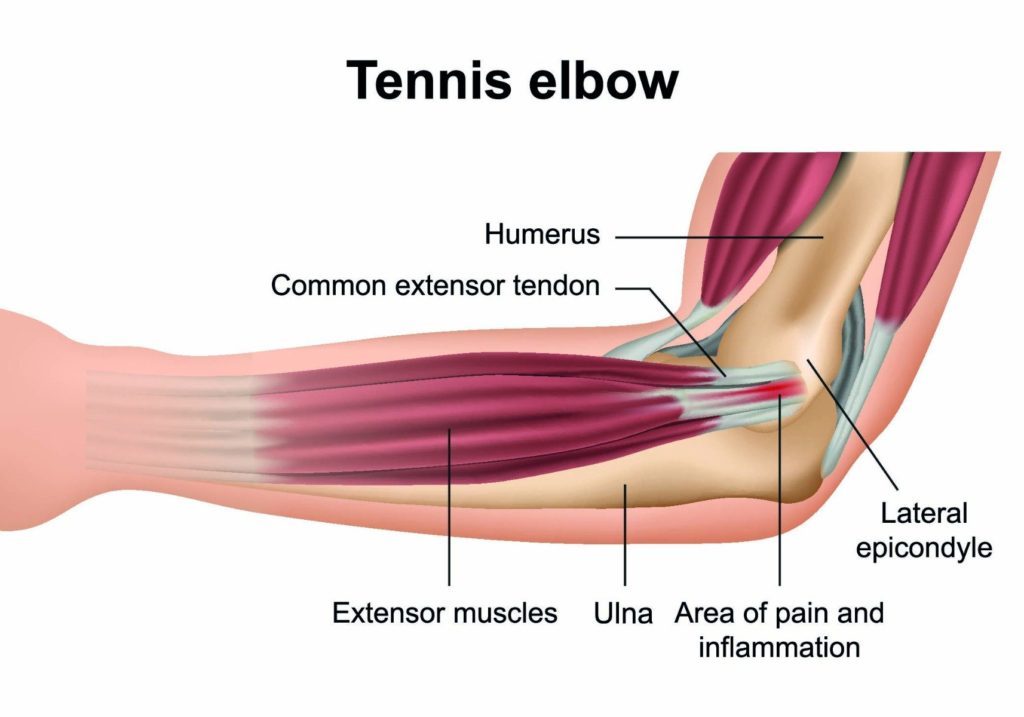
What is Tennis Elbow?
Tennis elbow is inflammation or, in some cases, microtearing of the tendons that join the forearm muscles on the outside of the elbow. The forearm muscles and tendons become damaged from overuse — repeating the same motions again and again. This leads to pain and tenderness on the outside of the elbow.
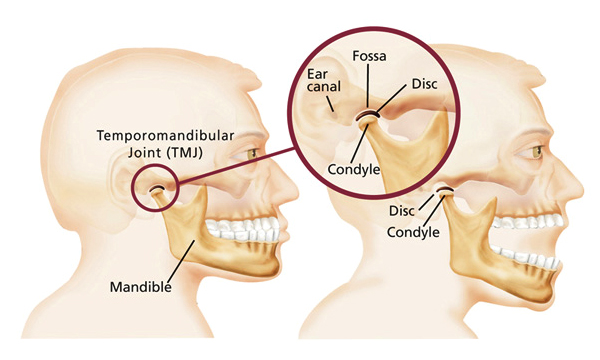
What is TMJ Dysfunction?
Temporomandibular joint (TMJ) syndrome is a disorder of the jaw muscles and nerves caused by injury or inflammation to the temporomandibular joint. The temporomandibular joint is the connection between the jawbone and the skull.
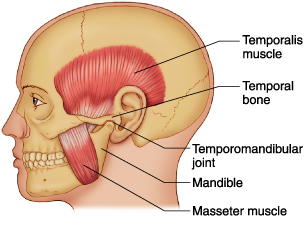
What is Whiplash?
Whiplash is a neck injury due to forceful, rapid back-and-forth movement of the neck, like the cracking of a whip.Whiplash is commonly caused by rear-end car accidents. But whiplash can also result from sports accidents, physical abuse and other types of traumas, such as a fall. Whiplash may be called a neck sprain or strain, but these terms also include other types of neck injuries.
© 2017 Coastal Physiotherapy Centre, All rights reserved | Design by Bluyee Technology